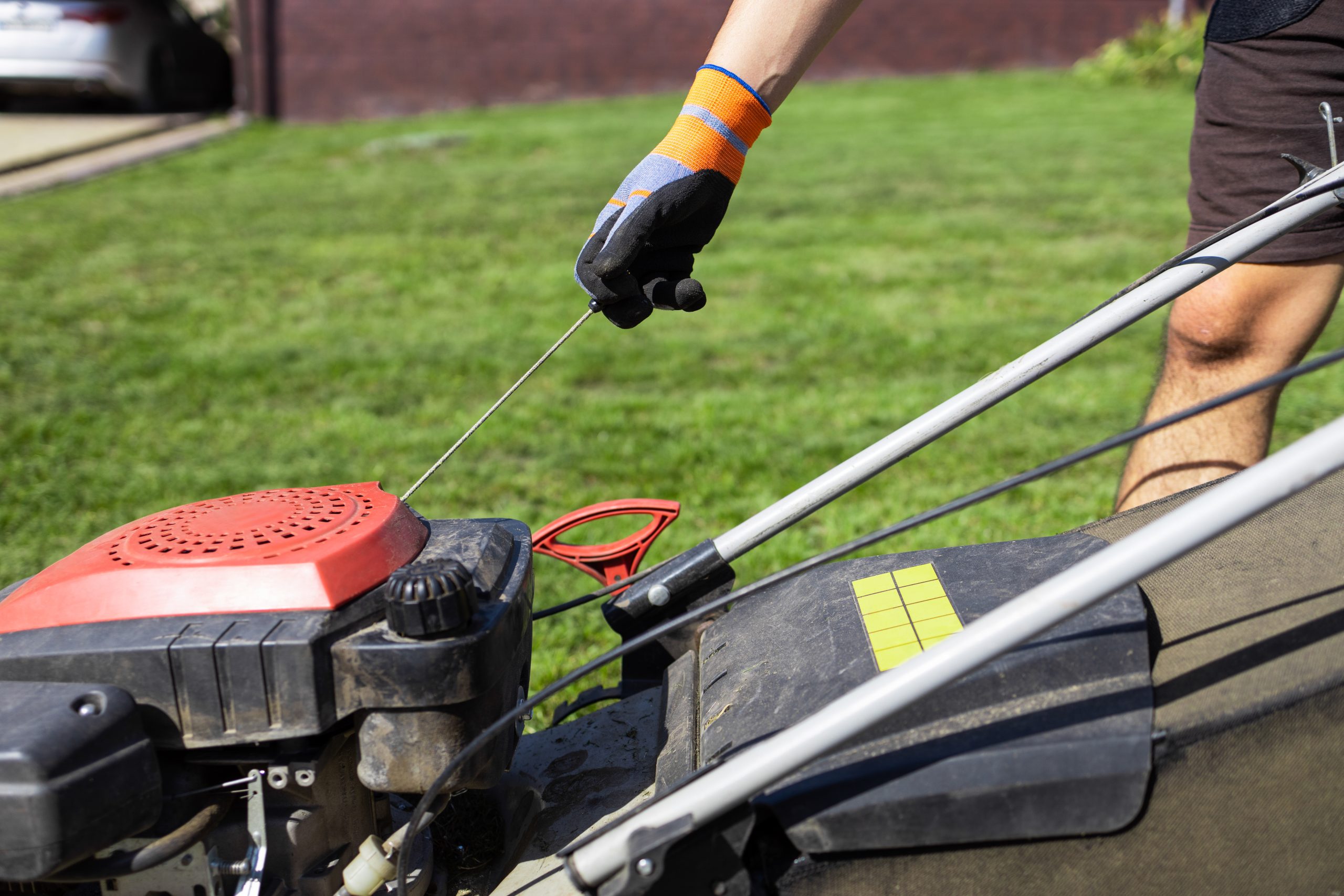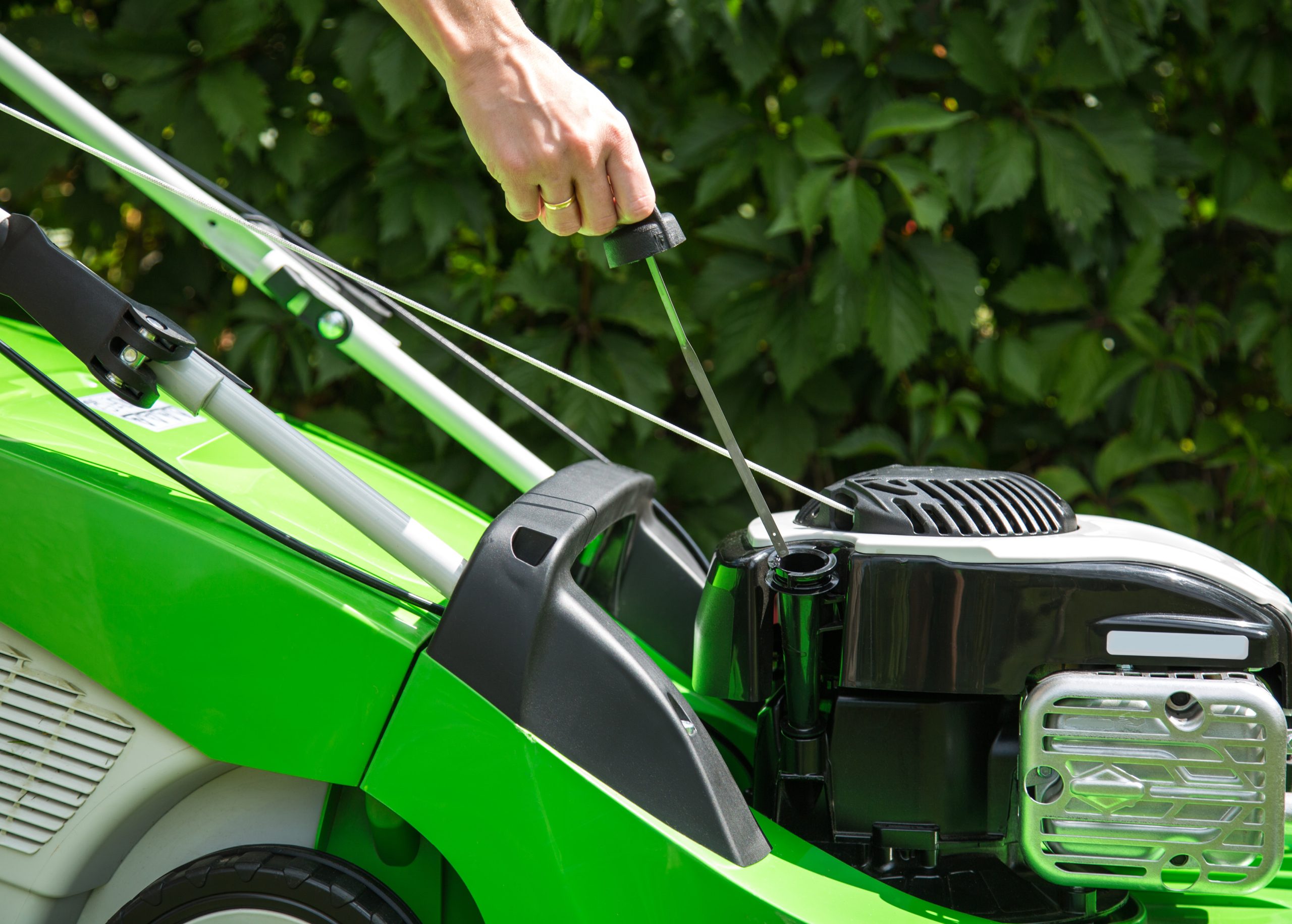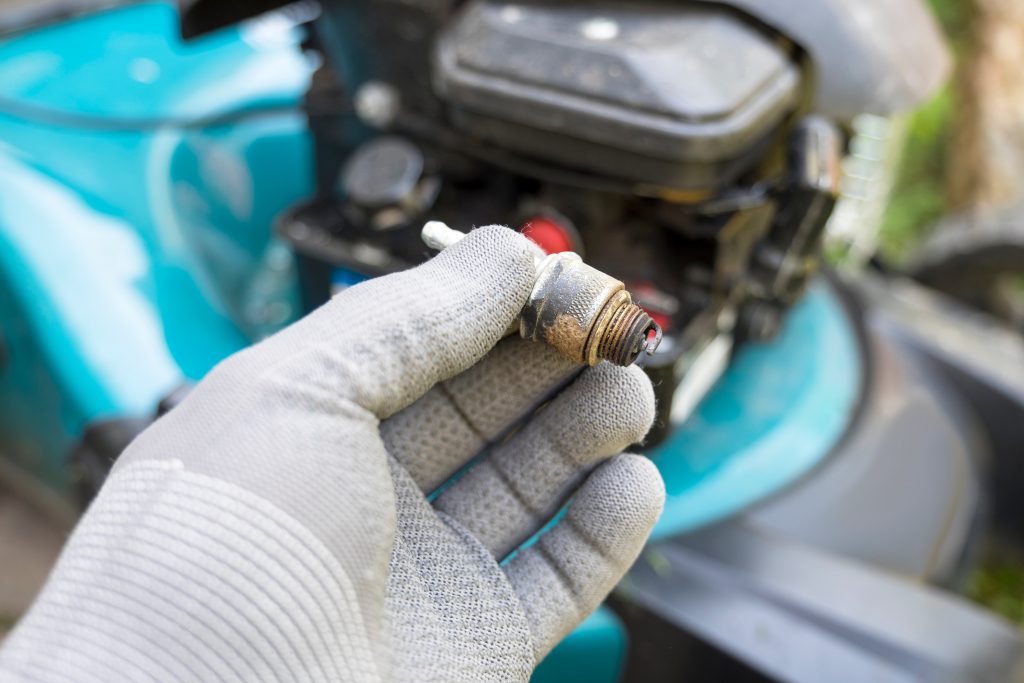Can a Lawn Mower Spread Fungus?
A beautiful green lawn is a natural invitation to relax, play and spend time outdoors. However, ensuring your lawn stays healthy requires effort and a lawn care routine, ...

 If you have a lawn, chances are you have a lawn mower. And if you have a petrol-powered lawn mower, you’ll probably know firsthand the frustration that can come from trying to start it.
If you have a lawn, chances are you have a lawn mower. And if you have a petrol-powered lawn mower, you’ll probably know firsthand the frustration that can come from trying to start it.
Whether you’re starting your mower after a long winter, or you’re having trouble getting it going on a regular basis, there are a few things you can do to make the process easier.
In this article, we’ll discuss some common challenges with starting a lawn mower, and provide some tips on how to start your lawn mower properly.
If your mower starts but keeps stopping, read My lawn mower keeps stopping, what do I do?
 Before you start your lawn mower, it’s important to check the oil and fuel levels.
Before you start your lawn mower, it’s important to check the oil and fuel levels.
The oil should be at the correct level and free from debris or contaminants. If you need to add oil, be sure to use only the type of oil recommended for your mower’s engine.
Remember that running out of fuel can cause serious damage to your lawn mowers engine and therefore checking the oil, every time should become routine.
 Check to see if there is enough fuel for your intended mowing area. If the fuel is more than 30 days old, it may be dirty and have impurities that will interfere with the proper running of the engine.
Check to see if there is enough fuel for your intended mowing area. If the fuel is more than 30 days old, it may be dirty and have impurities that will interfere with the proper running of the engine.
Once the fuel has been added, replace the fuel tank cap and tighten it securely. Make sure to wipe away any fuel that may have spilt on the outside of the tank or the engine.
 The spark plug is an essential component of your lawn mower’s ignition system. If it’s worn or fouled, it can make starting the engine difficult or impossible.
The spark plug is an essential component of your lawn mower’s ignition system. If it’s worn or fouled, it can make starting the engine difficult or impossible.
To check the spark plug, remove it and inspect it for signs of wear. If it looks dirty or worn, it may be time to replace it. When replacing the spark plug, be sure to use the recommended replacement for your mower’s engine. Also, be sure to set the gap to the manufacturer’s recommended specifications.
Priming the engine is an essential step for getting your lawn mower started. If your mower has a primer bulb, press it 3-4 times before starting the engine. This will help to circulate the fuel and make starting easier.
If your mower does not have a primer bulb, engage the choke before attempting to start the engine. Set the choke to the “on” position for a cold start or the “run” position for a warm start.
Grasp the starter cord firmly and pull it briskly to start the engine, or if your mower is newer and has a push-button electronic ignition, follow the instructions in the manual.
If you’re having trouble starting your lawn mower, there are a few things you can try before calling in a professional. Troubleshooting tips include:
The information provided in this article applies primarily to lawn mowers with four-stroke engines, as they are the most commonly used by householders.
However, some of the general tips and recommendations, such as properly priming the engine, can also be applicable to lawn mowers with two-stroke engines.
The main difference is that two-stroke engines require a mixture of petrol and oil to be added to the fuel tank. The ratio of petrol to oil will depend on when your mower was manufactured and can vary from 32:1 to 40:1 or 50:1.
It is important to refer to the manufacturer’s instructions and recommendations for specific maintenance and starting procedures for your particular lawn mower. Running a two-stroke lawn mower without oil will ruin the engine.
There’s more information about the differences between four-stroke and two-stroke lawn mowers here.
And always follow proper safety procedures, such as wearing protective gear and keeping your hands and feet away from the blades, when starting and operating lawn mowers.
 Starting a lawn mower may seem like a simple task, but it can be frustrating if you’re not doing it properly.
Starting a lawn mower may seem like a simple task, but it can be frustrating if you’re not doing it properly.
By following these tips, you can make sure that your mower starts up quickly and easily every time. Remember to check the oil and petrol, prime the engine, and check the spark plug.
And if you’re having trouble getting your mower started, try our troubleshooting tips before calling in a professional.
With a little bit of care and attention, you can keep your lawn mower running smoothly for years to come.
Or if you’re in the market for a new mower, take a look at our Lawn Mower Buyers Guide.